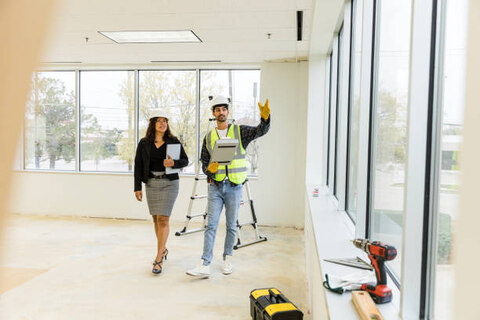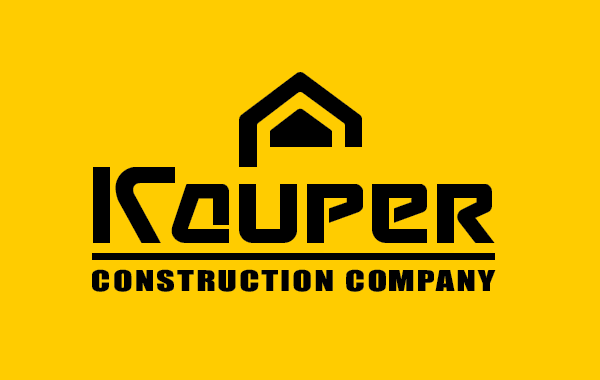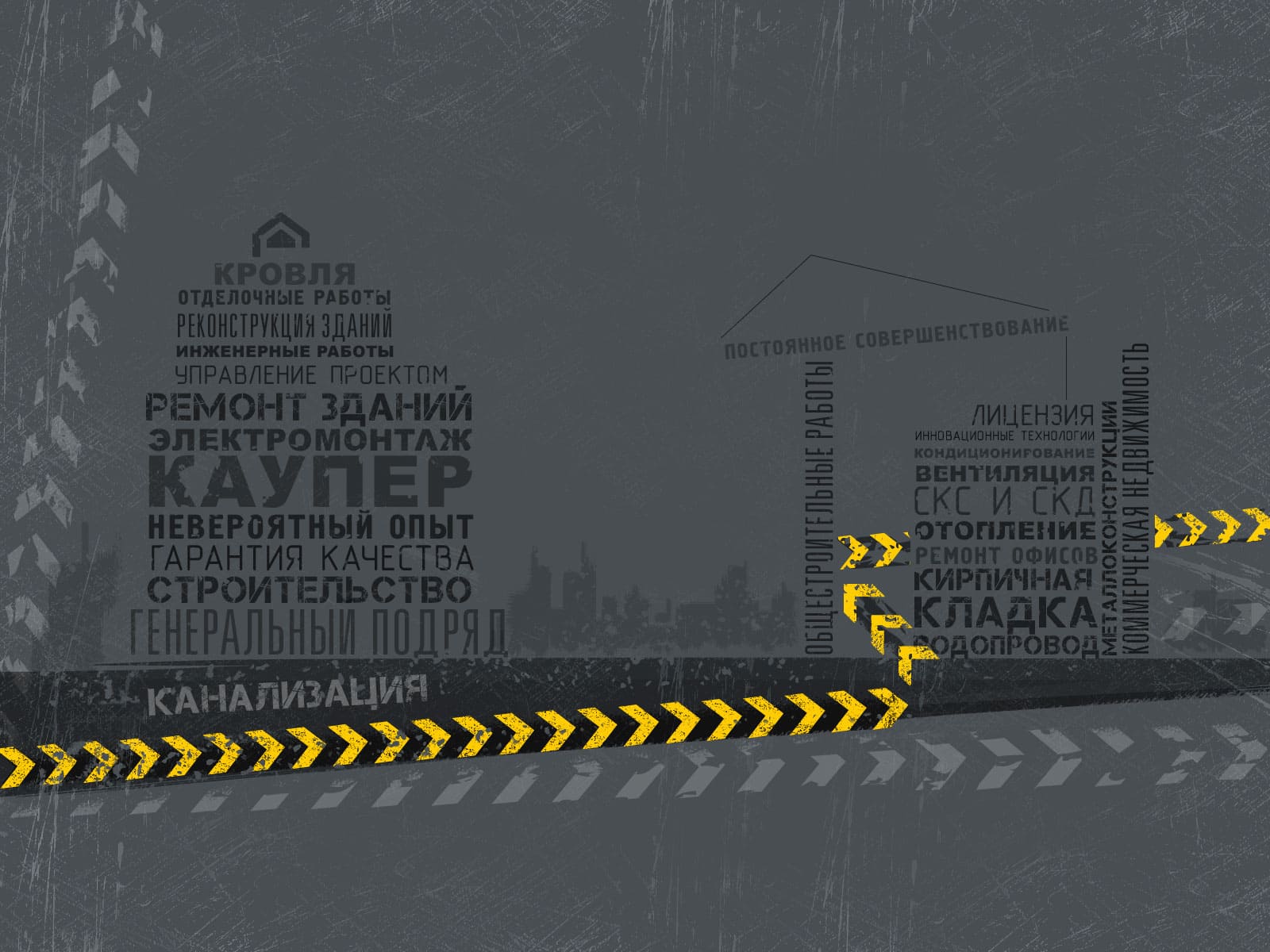Key Stages of Office Construction: From Design to Completion

Office construction is a complex process that requires meticulous planning and coordination. Each stage, from initial design to completion, has its own specifics and requirements. In this article, we will delve into the key stages of office construction to better understand how modern workspaces are created.
1. Initial Design and Planning
Needs Analysis and Technical Specification Preparation
The first step in office construction is defining the client's requirements and preparing the technical specifications. This involves analyzing the company's needs, determining the number of employees, required functional areas (offices, conference rooms, workstations, recreation areas, etc.), and budget considerations.
Site Selection
Choosing the right location for construction is crucial. Factors such as transportation accessibility, infrastructure, site area, and utility connections are taken into account during this stage.
Conceptual Design Development
Based on the technical specifications, architects and designers develop the conceptual design of the building. This includes overall space planning, building aesthetics, and placement of engineering systems and utilities.
2. Documentation and Permit Acquisition
Detailed Documentation Development
After approval of the conceptual design, detailed working documentation is prepared. This includes architectural plans, engineering drawings, material specifications, and equipment schedules.
Project Approval and Permit Acquisition
The project must be approved by relevant authorities and obtain all necessary construction permits. This process involves land use permits, construction permits, utility connections approvals, and others.
3. Construction Site Preparation
Preparatory Works
Before the main construction commences, preparatory works are carried out. These include site clearing, temporary structure installation, and temporary utility connections.
Geodetic Surveying
Geodetic surveys involve site marking, groundwater level determination, and soil analysis. This is essential for precise building placement and foundation preparation.
4. Construction Works
Foundation Pouring
The foundation is critical for the building's stability and durability. Proper foundation pouring is done according to project specifications and requirements.
Building Frame Erection
After the foundation is set, the building frame is erected. This involves column, beam, and floor slab installations using various construction materials such as concrete, steel, and wood.
Exterior and Interior Wall Construction
Following the frame erection, exterior and interior walls are constructed. This includes bricklaying or panel installation, insulation installation, and fitting windows and doors.
Installation of Engineering Systems
Once the walls are up, installation of engineering systems begins. This includes electrical wiring, plumbing, drainage, ventilation, and air conditioning systems. All systems must meet project requirements and building codes.
Interior Finishing Works
Interior finishing works encompass plastering, flooring installation, painting, partition installation, suspended ceiling installation, lighting, and other equipment installations.
5. Completion and Handover
Finalization Works
Finalization works involve furniture installation, system testing and commissioning, and site landscaping. This stage also includes thorough cleaning of the premises and preparation for handover.
Inspection and Acceptance
Before handing over the premises, a comprehensive inspection is conducted to ensure compliance with design specifications and building standards. The inspection involves checking engineering systems, work quality, and documentation compliance.
Handover to Operations
Upon successful inspection, an acceptance certificate is issued, documenting the completion of construction works and compliance with all requirements. The client receives all necessary documents, conformity certificates, and warranties for the completed works.
Conclusion
Office construction is a multifaceted process that demands careful planning, coordination, and adherence to construction norms and standards. Each stage, from initial planning to completion, is crucial for the successful delivery of the project. By applying a systematic approach and professional execution at each stage, it is possible to create a modern, comfortable, and functional office space that meets client requirements and enhances employee productivity.

